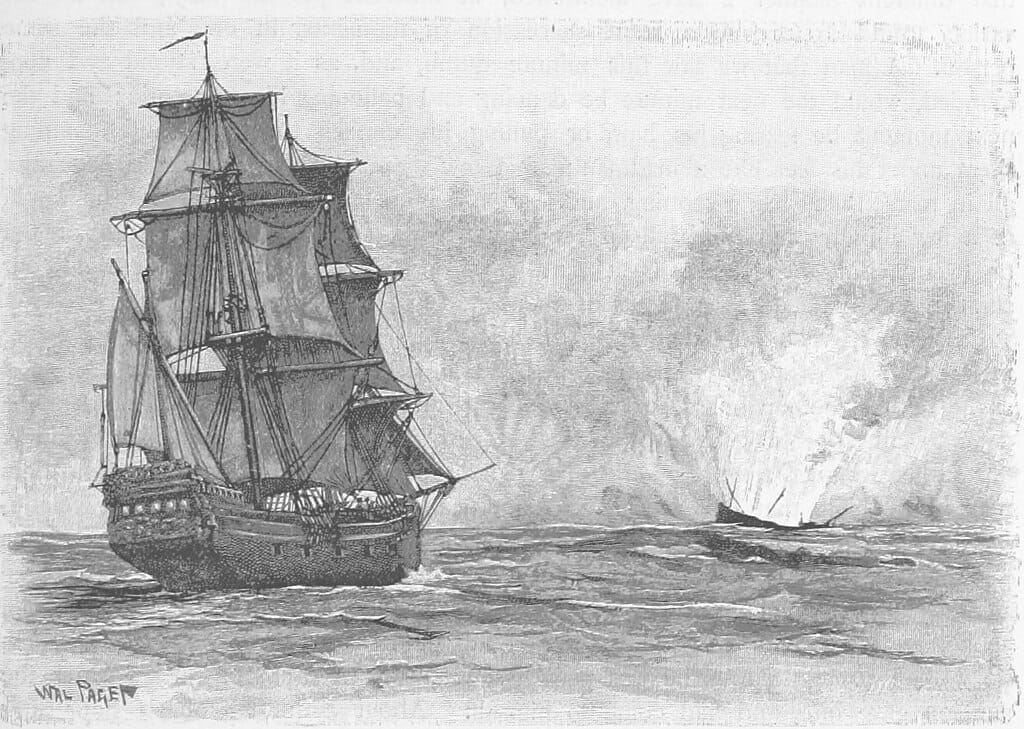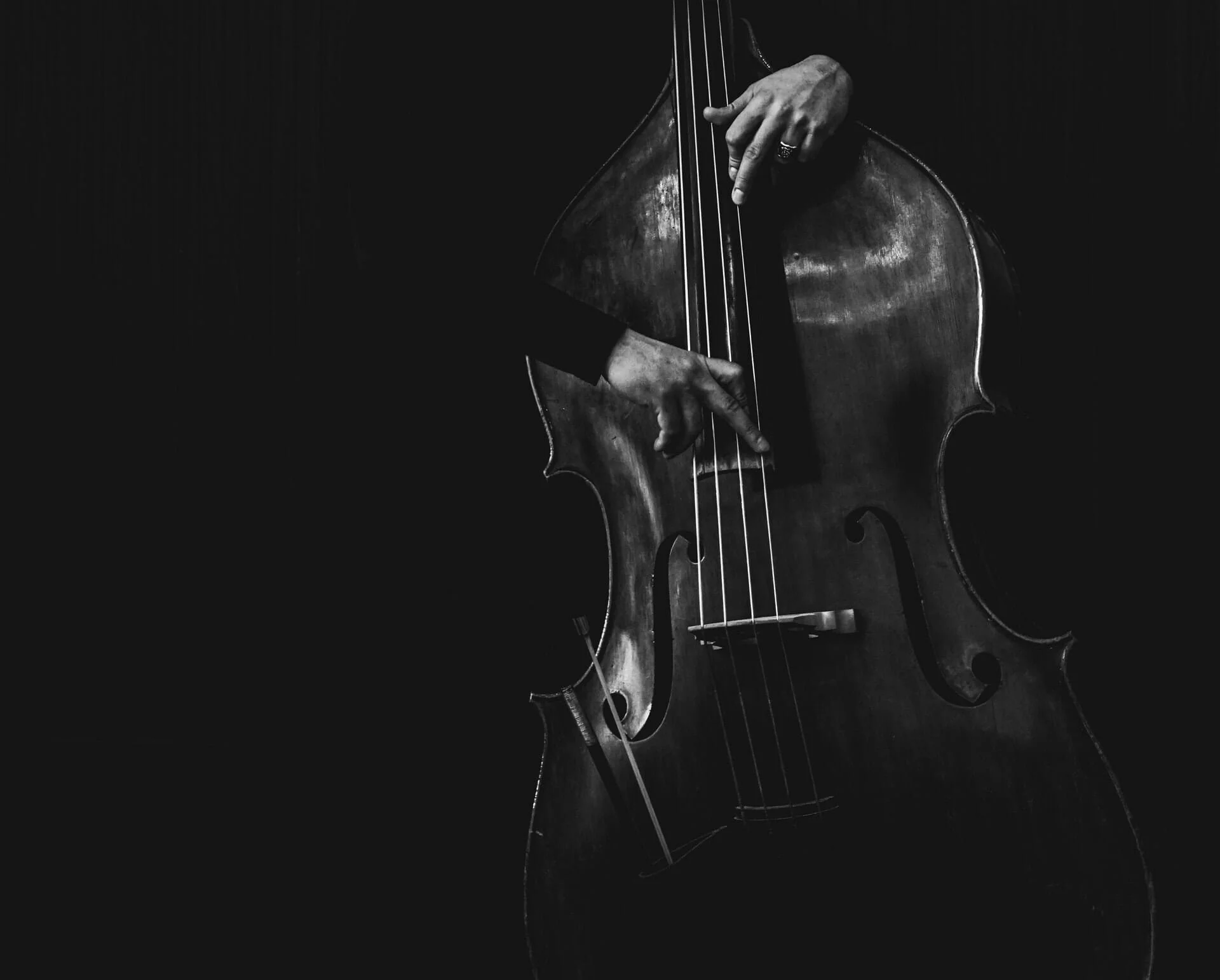
His Girl Friday by Howard Hawks Review | Tiffs and Investigations on High Heels
Year
Runtime
Director
Writer
Cinematographer
Production Designer
Music by
Country
Format
Genre
Subgenre
It all happened in the ‘dark ages’ of the newspaper game – when to a reporter ‘getting that story’ justified anything short of murder. Incidentally, you will see in this picture no resemblance to the men and women of the press of today. Ready? Well, once upon a time …
His Girl Friday – Prologue
Released in 1940 by Columbia Pictures, Howard Hawks‘ His Girl Friday is still considered a pillar of the comedy genre (it ranked #19 on the American Film Institute’s 100 Years…100 Laughs) and one of the finest examples of screwball comedy to date. The movie adapts the 1928 Broadway play The Front Page by Ben Hecht and Charles MacArthur. However, there is one major difference between the original story and the movie: the character of Hildy becomes a woman. This change was purely accidental, and the circumstances that led to it are mysterious, as Hawks’ recollections don’t match anyone else’s. However, it ultimately changed the nature of the story: it opened the way for the romantic storyline and introduced the theme of female emancipation.
Mixing pure comedy with serious events, the movie deals with still contemporary social issues, never losing its frivolous tone. However, the dialogue and the humor are never crude or predictable; on the contrary, they always challenge the audience, as do the plot and the narrative rhythm. These elements, techniques, outstanding actors, and refined direction create a Hollywood evergreen.
- One Last Chance
- One Room and Never Enough Lines
- An Immediate and Engaging Language
- Newshound and Journalism, as It Is
- As Nothing Has Ever Changed
One Last Chance
Walter Burns (Cary Grant) is the wily, wise (and charming) editor of The Morning Post of Chicago. One day, he discovers that his ex-wife and ex-reporter, Hildegard “Hildy” Johnson (Rosalind Russell), is getting married and moving to Albany. Her fiancé is Bruce Baldwin (Ralph Bellamy), a quiet and gullible (and boring) insurance man. Walter can’t believe she could become a housewife, so he persuades her to accept another report. There is a man, a white book-keeper, who is about to be executed for the murder of a black policeman. Walter thinks the jailing is just a political move and convinces Hildy to cooperate one last time.
His main goal, however, remains to boycott her marriage plans by any means necessary. He also plays nasty pranks on Bruce until Hildy leaves in a huff. But when the book-keeper escapes, her journalistic instincts force her to return to work. Not even Bruce, imprisoned after another trick by Walter, can convince her to put work aside. She just declared that she wants to marry him because “he treats her like a woman,”… But maybe she doesn’t really feel that way. Maybe she prefers to be treated like the smart journalist she is.

One Room and Never Enough Lines
The entire movie occurs in interiors: mainly the newsroom, then a café, and the prison. There were two main reasons for this choice: first, since the original story was conceived for the theater, it needed only a few settings that were easy to recreate.
In addition, as in many other films of the same historical period (including Casablanca), the war made it difficult to shoot outdoors because of the dangers and the limited budget. This was a challenge that many other directors took up: in 1948, Alfred Hitchcock directed Rope, choosing to set the entire story in an apartment. However, more modern films also occur in a single interior, such as Stanley Kubrick‘s Shining (1980), Roman Polanski‘s Carnage (2011), or Paolo Genovese‘s Perfect Strangers (2016). In all these cases, brilliant dialogue and a suspenseful script compensate for the lack of variety of spaces.

Even more than the plot, the dynamic between the characters in His Girl Friday creates something so captivating and compelling that the audience forgets about space. However, the movie also highlights another characteristic of these comedies, which is the rapid-fire and witty dialogue. With 240 words per minute (considering a medium average of about 90 words), it’s the fastest-talking movie in the world.
I had noticed that when people talk, they talk over one another, especially people who talk fast or who are arguing or describing something. So we wrote the dialogue in a way that made the beginnings and ends of sentences unnecessary; they were there for overlapping.
Howard Hawks in “Who the Devil Made It: Conversations with Legendary Film Directors” by Peter Bogdanovich (1997, Ballantine Books)
Since multitrack recording did not exist then, Hawks used multiple microphones on the set, turning them on and off as needed. He also allowed the actors to improvise, extending the shooting by seven days over schedule. Although there is no soundtrack (except for the credits), the rhythm of the dialogue is so intense, and the voices so overlapping that there is never a moment of silence.
An Immediate and Engaging Language
His Girl Friday belongs to the subgenre of screwball comedies, which mock classic romantic comedies by subverting social stereotypes of relationships. Like other cult classics of the genre, such as Ernst Lubitsch‘s Trouble in Paradise (1932), Hitchcock‘s Mr. & Mrs. Smith (1941), and Frank Capra‘s Arsenic and Old Lace (1944), the movie emphasizes the battle of the sexes and features a female protagonist who dominates the relationship. They are also characterized by witty dialogue, biting jokes, and a fast pace. Hawkes enhances these elements with overlapping dialogue, unexpected lines, and timeless humor.
The opening scene, in particular, is an essay on the movie, as it immediately introduces every element of the story. In an article for RogerEbert.com, critic Jim Emerson analyzes how each shot naturally immerses the audience in the story. Immediately after the prologue, the camera shows the newsroom: a crowded, noisy, and chatty environment. The camera pauses, but a reporter begins to speak before he enters the frame and immediately heads for the elevator. From the same direction, Hildy appears and crosses the room, followed by a submissive Bruce. She almost ignores his presence as she talks to her colleagues; more than feeling at home, she’s the housemaster. The camera moves restlessly. It follows the movement of the characters and leads the audience’s gaze. But it can’t keep up with Hildy, as if she were too fast.
The scene is perceived as a single shot thanks to the invisible editing (typical of classic Hollywood). In less than a few minutes, the movie explains its fast-paced narrative, the dynamics between the characters, and the use of relentless language. Soon after Hildy declares that she’s getting married, Walter needs only a few lines to shed light on their exciting relationship. The cards are on the table, the game has already begun, and the audience can’t help but follow it to the end.
Newshound and Journalism, as It Is
Walter has reason to be skeptical about Hildy becoming an angel of the hearth: he knows her. Just as he knows what a great star reporter she is, she couldn’t resist one last scoop. Still, she defends her decision because of how Bruce makes her feel. She’s determined, temperate, and unashamed when necessary, and in her professional environment, that’s often necessary. Hildy is the only woman in the newsroom, and as soon as she enters, it’s clear that she has to fight to get there. She can do everything her colleagues do but in heels and a tight skirt. Still, no one underestimates her brilliant mind, which makes her sharper than anyone else and allows her to succeed in a man’s world.
She has been surrounded by men all her life: apart from the employees, the only female character is Bruce’s mother, a stereotypical housewife. So His Girl Friday deals with a timely issue: gender inequality in the workplace. But there’s another dirty side of journalism in the spotlight: lust for the scoop. Hildy, Walter, and their colleagues rush to the phones when they smell a scoop to be the first to print it. It’s a spirit and a hunger for investigation that hasn’t changed. It is also the protagonist in other films, such as Tom McCarthy‘s Spotlight (2015) or Alan J. Pakula‘s All the President’s Men (1976).
If the latter highlights the power of journalism to shed light on reality, Hawks also underlines its dark side, which is hypocrisy. Reporters are willing to do anything to be first, even sell uncertain or false scoops. This duplicity is also the protagonist of many stories, from Marco Bellocchio‘s Slap the Monster on Page One (1972) to Sydney Pollack‘s Absence of Malice (1981). But it doesn’t affect Hildy because she’s not a reporter like the others. She doesn’t just want a good story. She wants justice. And she’s willing to do anything to get it.

As Nothing Has Ever Changed
Content, plot, and technical construction compete to create a timeless cult classic in His Girl Friday. The fast-paced editing, as do the hectic dialogues, grabs the audience from the first scene. The film follows a narrative rhythm reminiscent of sitcoms and stand-up comedy shows. Still, as Alex Dueben points out, it also anticipates the modern dramedy, a hybrid genre particularly popular on television that has given rise to such successful shows as Louie and The Bear.
Both the cinematography and the sound emphasize the contrast between comic and serious moments: if most of the time, the light fully envelops the scene, voices overlap, and newsroom noise fills the room, the dramatic moments are quite the opposite. Hildy visits the convict in a dark prison, and their voices are slow, whispers in the silence.
More than the technique, however, it is the themes of the movie that bring it close to today’s world. In fact, although the title His Girl Friday refers to Robinson Crusoe‘s servant, Hildy is Walter’s equal. It’s not her gender but her brilliant mind that gives her status and a profession in journalism. When Walter pushes Hildy to take the case, he wants to win her back, but he also knows how much she loves her job. He wants her to embrace her true aspirations rather than the role society expects a woman to play. As Farran Smith Nehme notes in her essay for The Criterion Collection, the movie is a variation on the remarriage plot. The main question is not how the husband and wife get back together but how a brilliant woman returns to her professional ambitions.
Combining female emancipation with romantic strife, political corruption with slapstick, and sophisticated filmmaking techniques, His Girl Friday is the perfect recipe for an immortal cult classic. Like every cult classic, this shows how the world has never changed.
Tag
Buy a ☕ for Hypercritic







